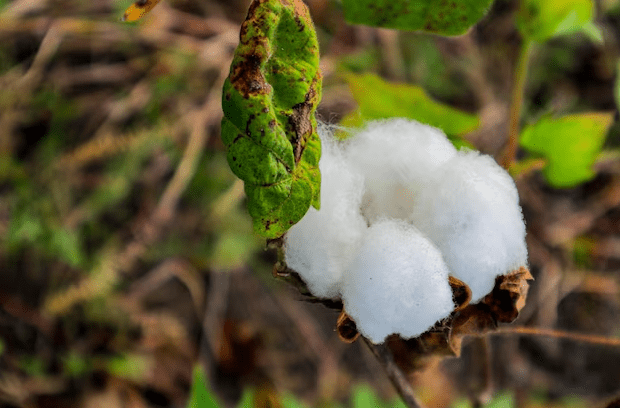In the 2022/2023 marketing year, the volume of world cotton trade fell to 8 million tons from 9.6 million tons in the previous marketing year.
According to the World Trade Organization (WTO), the United States, Brazil, Australia, Greece and Benin were the largest exporters in the 2022/2023 season.
What is cotton used for? To produce a variety of products, from textiles and medical products to cooking oils and personal hygiene products.
The United States remained the world’s largest cotton exporter in the 2022/2023 marketing year, with 2.78 million tons.
World imports and exports are projected to increase by about 13.8%, to approximately 9.25 million tons, in the 2023/2024 marketing year.
Benin is also projected to be the leading West African exporter in 2023/2024, followed by Mali, Burkina Faso, and Cameroon.
Côte d’Ivoire will also register an estimated 67% decline in exports, due to a significant drop in production this season.
World cotton trade
In the 2022/2023 season, the harvested cotton area has slightly decreased from 32.7 million hectares to 32.2 million hectares.
The harvested area is expected to increase 2.3% and reach 32.95 million hectares in the 2023/2024 season.
In the 2022/2023 season, the country with the largest harvested area was India (13 million hectares), followed by China (3 million hectares), the United States (2.96 million hectares), Pakistan (2.1 million hectares) and Brazil (1.65 million hectares).
The 2022/2023 season ended with a world cotton production volume of 24.68 million tons of ginned cotton, about 2% less than in the 2021/2022 season.
For the 2023/2024 campaign, a world production volume of 25.41 million tons is forecast, up 3% from the previous campaign.
Transgenics
Cotton production has faced criticism due to environmental and social issues.
In some cases, intensive cotton cultivation has been associated with excessive use of pesticides and water.
There are initiatives to promote more sustainable practices in cotton production, such as organic farming and fair trade.
In some places, genetically modified cotton is grown to resist pests and reduce the use of pesticides.

